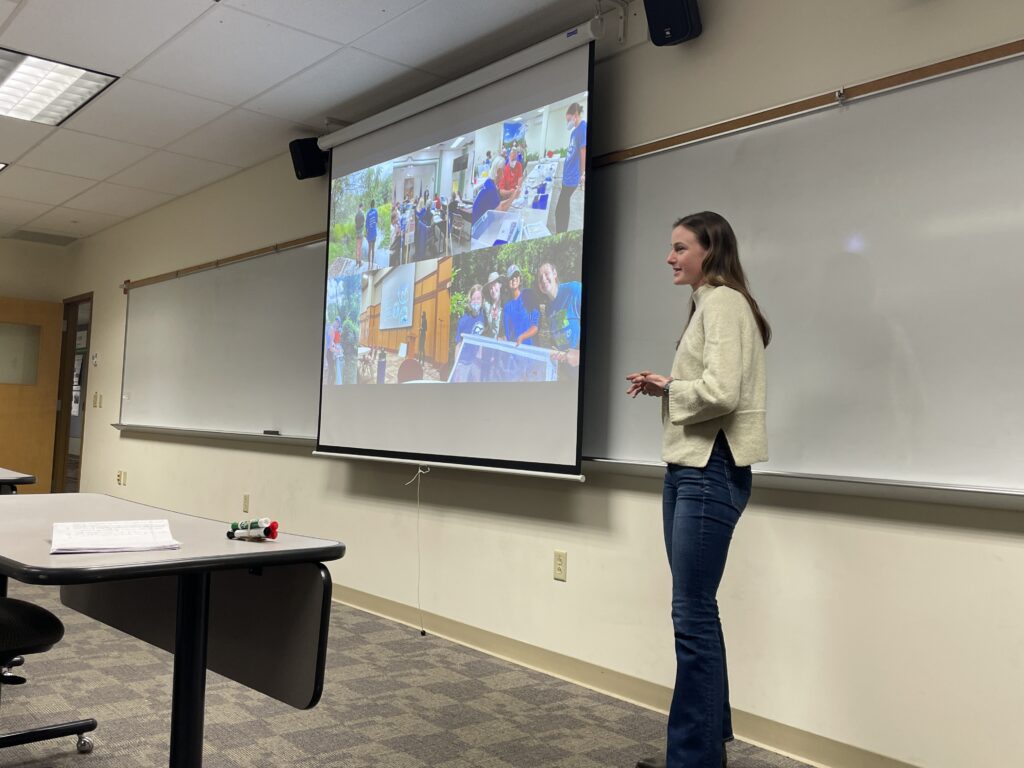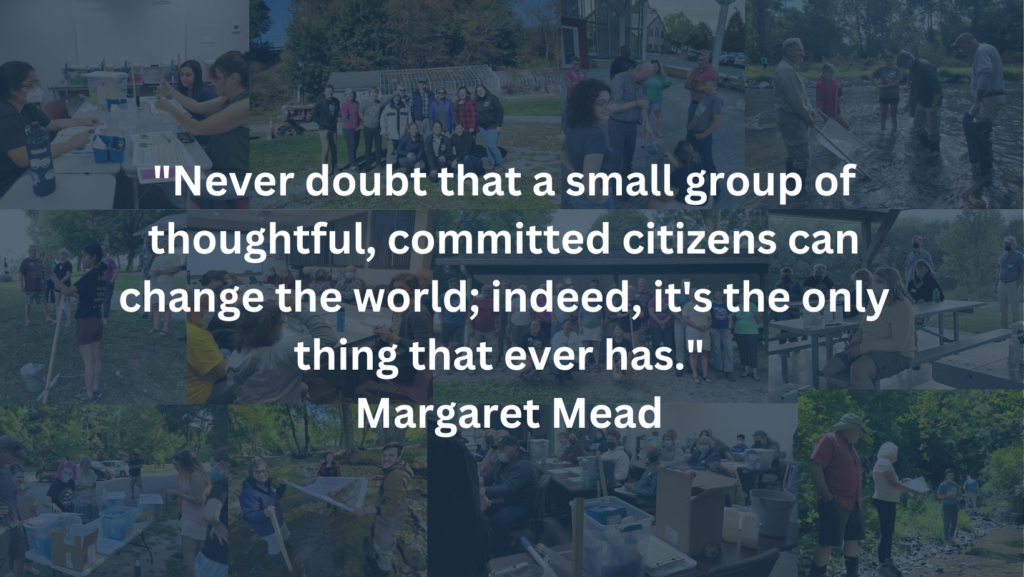It is no secret that the Chesapeake Bay and its tributaries suffer from a multitude of environmental challenges: sedimentation, pollution, and invasive species, to name a few. In 2010, the Bay Goals were established with the purpose of reducing pollution in the Bay. At the current rate of progress, the six states in the Chesapeake Bay Watershed are not on track to meet these 2025 goals, a fact that is disheartening to the scores of individuals who seek to protect their waterways. A struggle of environmental stewards here in the Chesapeake Bay Watershed is how to continue working towards a better future without becoming overwhelmed by the seemingly endless environmental hardships we face. Enter: ALLARM.
Here at ALLARM, we seek to recognize and leverage the power we have. We know that one organization alone can not expect to solve all of the world’s environmental challenges, but we can do our part. We recognize the critical work that our volunteer scientists conduct as the local experts and stewards of their waterways. Being surrounded by the voices of those who share a common goal of understanding and protecting our waterways boosts our livelihoods and fuels our desires to keep going.
This was the topic of our recent class visit and presentation to Professor Deb Sinha’s Radical Hope in the Age of the Anthropoene class. Speaking about her experience with ALLARM, Charlotte Kratovil-Lavelle ‘24 articulated “I whole-heartedly believe that the environment is a unifying issue. When was the last time that someone in your life told you that they were anti-clean water? Hopefully never, because, as I’m sure we all know, a cleaner, healthier environment is better for all of us. I believe that by establishing common ground in our shared environment, we can work towards achieving our goals of a better future for all.”

Maintaining optimism is no small feat, and yet, it is absolutely vital. Working at ALLARM, a fundamental component of this optimism are the success stories that we have been fortunate enough to watch unfold over the years. One such story is that of Lettice Brown and Mark Lentz, which Phoebe Galione (Outreach Manager) shared with Professor Sinha’s class. After noticing a spike in sedimentation and nitrate-nitrogen levels at their monitoring site, Mill Creek, Brown and Lentz hypothesized that an upstream construction site may be to blame. They reported this issue to the city, resulting in remediation efforts. As Brown and Lentz continued monitoring, they observed the success of this project as both nitrate-nitrogen and sedimentation decreased.
“With environmental work, it can be difficult to remain hopeful, especially in the face of so many challenges that, in many cases, don’t seem to be making positive progress,” says Galione. “Working with community scientists, seeing how driven they are to make a difference and collect data, and how excited they are to share their findings, keeps me incredibly hopeful.”
